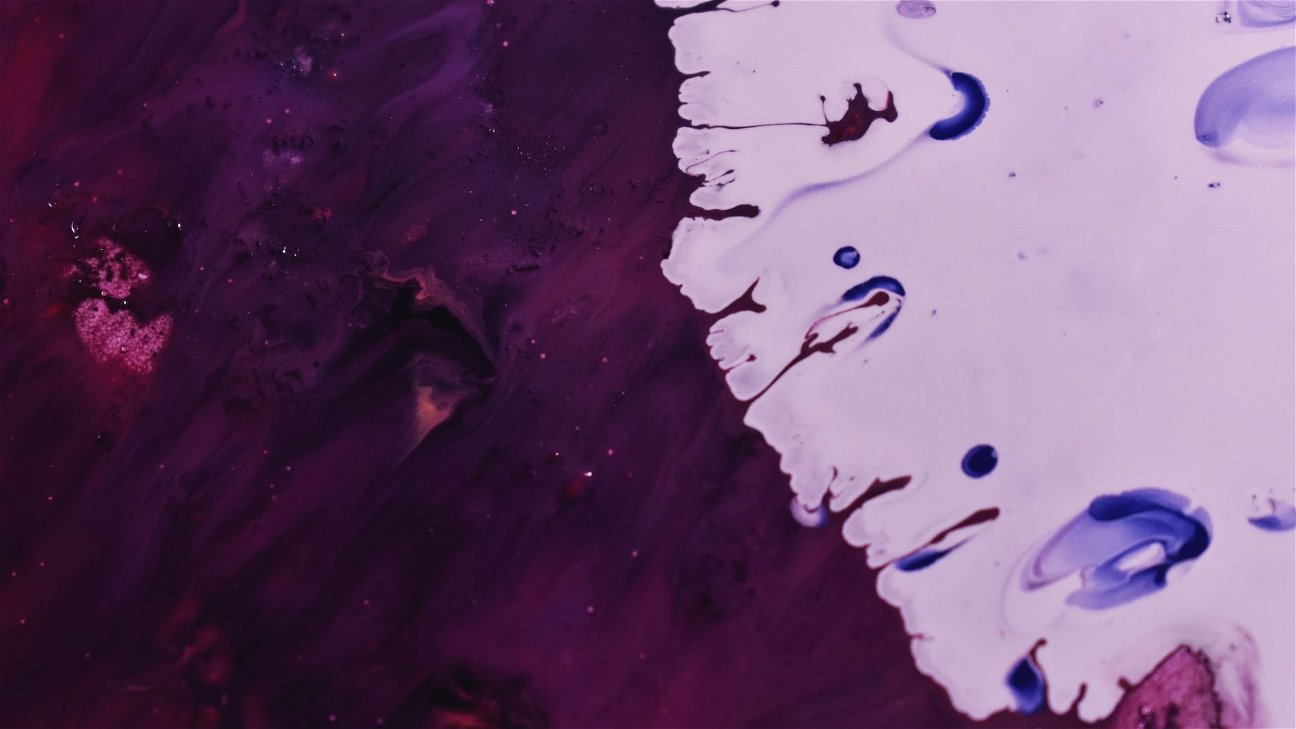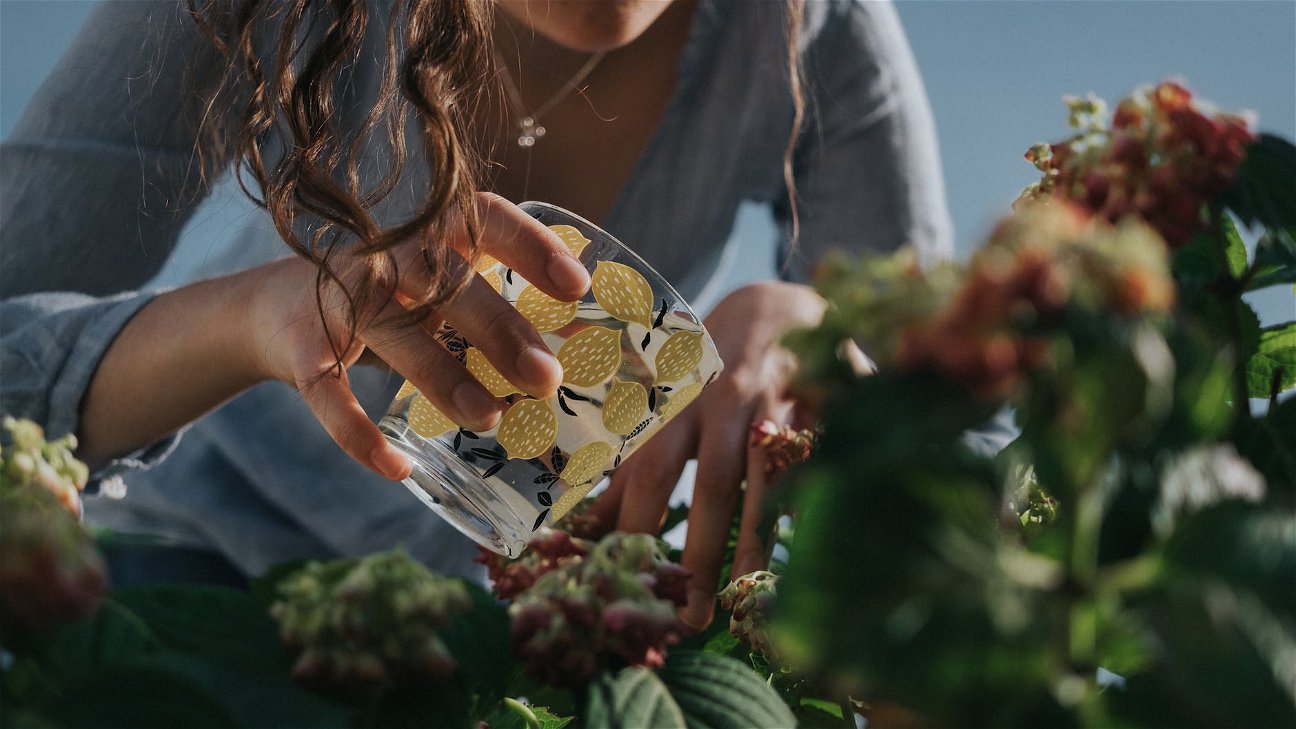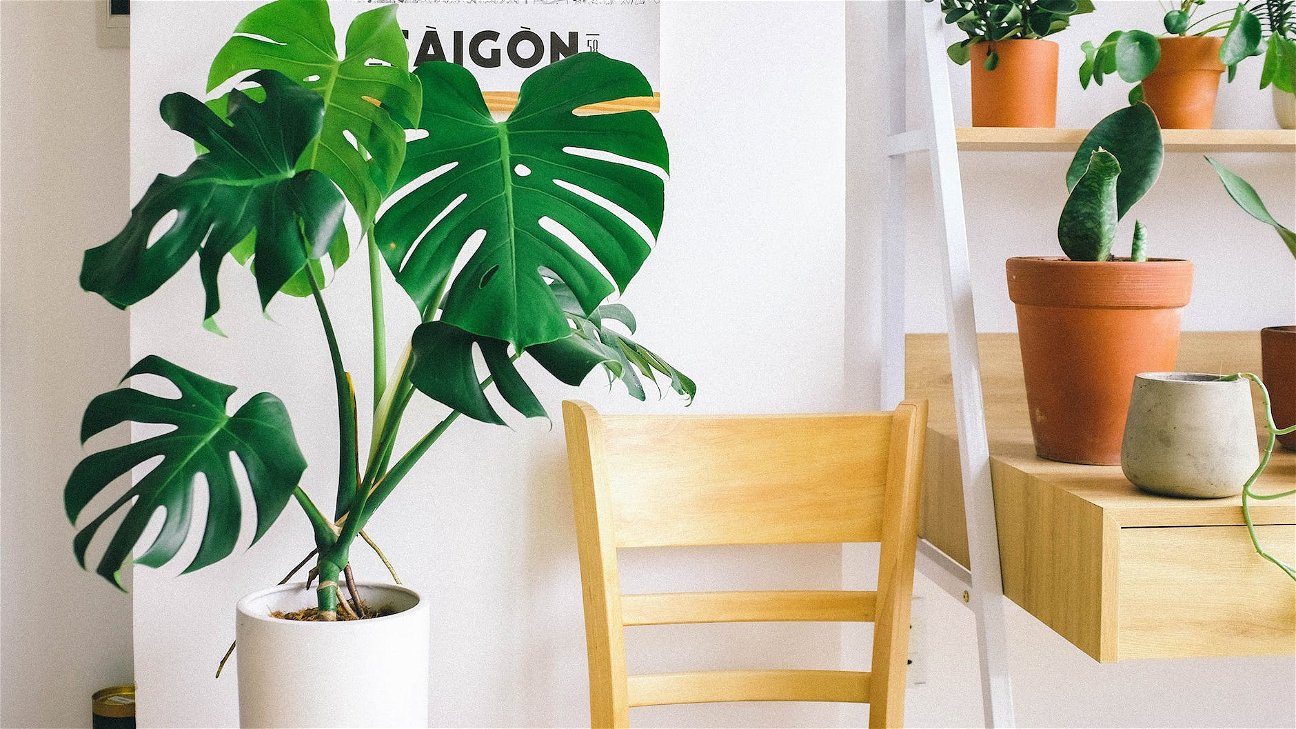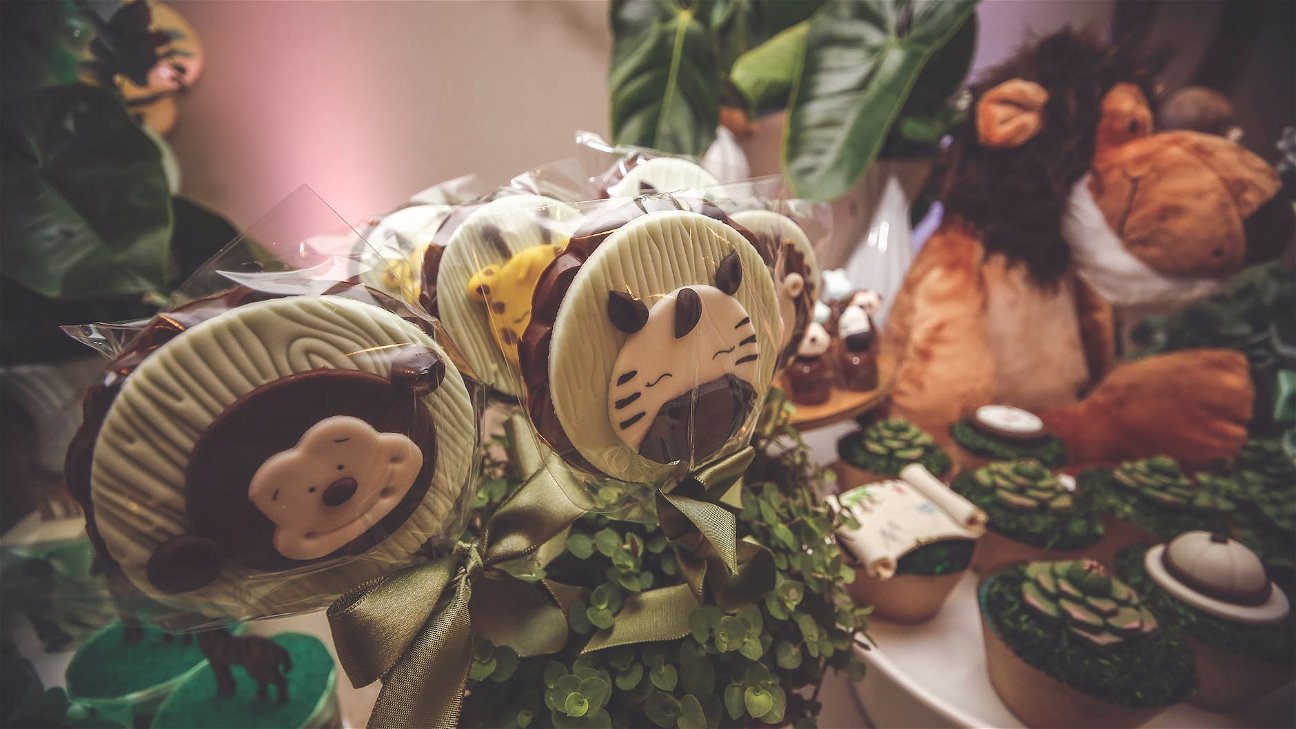
Are you ready to start your journey in acrylic painting? If so, this extensive guide is for you. We'll cover everything from understanding the basics of acrylic paint, choosing your materials, and learning different techniques.
Understanding Acrylic Paint
Acrylic paint is a versatile medium, perfect for beginners. It's easy to use, dries quickly, and can be used in a variety of ways. Acrylics are water-based, which means they can be thinned with water and are easy to clean up.
Choosing Your Materials
When starting with acrylic painting, there are a few essential materials you'll need.
Paintbrushes
There are various types of paintbrushes, each serving a different purpose. For acrylic painting, you'll need a mix of both round and flat brushes. Brushes are usually made from either synthetic or natural bristles. Synthetic brushes are great for acrylics as they withstand the paint's corrosive nature.
Paint
When it comes to acrylic paint, quality matters. High-quality paints have a higher pigment concentration, providing richer colors. They're also more resistant to fading.
Canvas
Acrylic paint can be applied to a variety of surfaces, but canvas is traditionally used. It's important to get a canvas that's already primed, meaning it's been pre-treated to stop the paint from sinking into the fabric.
Palette
A palette is essential for mixing your paints. You can use anything from a traditional wooden palette to a disposable palette pad.
Easel
While not necessary, an easel can help maintain a good painting posture and keep your canvas at a comfortable height.
Learning Techniques
There are many different techniques you can use when painting with acrylics. Here's an overview of some common ones:
- Washing: Similar to watercolor, this involves thinning the paint with water to create a transparent layer.
- Dry Brush: This technique uses little to no water and is great for creating textured strokes.
- Glazing: This involves applying a transparent layer of paint over a dried base layer to create depth and luminosity.
- Impasto: This is the technique of applying paint thickly so that it stands out from the surface. It's often used to create texture.
Getting Started
Now that we've covered the basics, here are some steps to get you started on your journey in acrylic painting:
- Preparation: Gather your materials and set up your workspace. Make sure you have plenty of light and space to work.
- Sketch: Before you start painting, make a basic sketch of your composition on the canvas with a pencil. This will serve as a guide when you start painting.
- Base Layer: Start by applying a base layer of paint. This will help to bring the colors in your painting to life.
- Building Up: Gradually build up layers of paint, allowing each one to dry before applying the next.
- Details: Once you've built up your layers, you can start adding in the finer details.
- Sealing: Once you're happy with your painting, apply a sealant to protect it from dirt and UV rays.
Remember, the key to getting better at acrylic painting is practice. So, don't be discouraged if your first few attempts don't turn out as you'd hoped.











